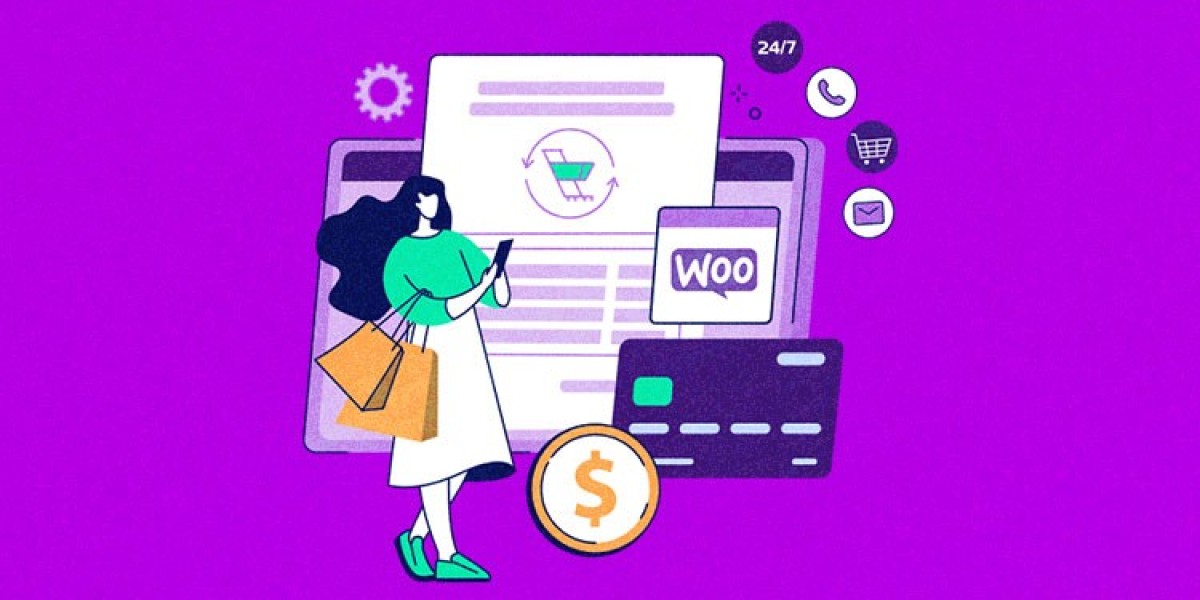Creating an e-commerce website can seem like a daunting task, especially for beginners. However, with the right tools and guidance, you can build a professional, functional, and attractive online store. This guide will walk you through the essential steps and tips for developing an e-commerce website, with a focus on using WordPress and reliable WordPress hosting.
1. Choosing the Right Platform
The first step in building an e-commerce website is choosing the right platform. While there are many options available, WordPress stands out due to its flexibility, user-friendliness, and extensive plugin ecosystem.
Why WordPress?
- Ease of Use: WordPress is known for its intuitive interface, making it accessible for beginners.
- Customization: Thousands of themes and plugins allow you to customize your site to meet your specific needs.
- Community Support: A large community of users and developers means you can easily find tutorials, forums, and support.
2. Selecting a Domain Name and Hosting
Your domain name is your online address, so choose one that is memorable and reflective of your brand. Once you have your domain, you need to select a hosting provider. For an e-commerce site, reliable hosting is crucial to ensure your site can handle traffic and provide a seamless shopping experience.
Why Choose WordPress Hosting?
- Optimized Performance: WordPress hosting is optimized for speed and reliability, which is critical for an e-commerce site.
- Security: Enhanced security features protect your site from common threats.
- Support: Managed WordPress hosting often includes expert support to help you resolve any issues.
Recommended WordPress Hosting Providers:
- SiteGround: Known for excellent customer support and performance.
- Bluehost: Offers a variety of plans tailored for WordPress.
- WP Engine: Provides managed WordPress hosting with a focus on security and speed.
3. Installing WordPress and WooCommerce
Once you have your domain and hosting set up, the next step is to install WordPress. Most hosting providers offer a one-click installation process. After installing WordPress, you'll need to install WooCommerce, the leading e-commerce plugin for WordPress.
Steps to Install WooCommerce:
- Log into your WordPress Dashboard: Navigate to your WordPress admin panel.
- Go to Plugins > Add New: Search for "WooCommerce."
- Install and Activate: Click "Install Now" and then "Activate."
WooCommerce will guide you through the initial setup, including configuring your store's basic settings, such as currency, payment methods, and shipping options.
4. Choosing and Customizing a Theme
The appearance of your website is crucial for attracting and retaining customers. WordPress offers a plethora of themes designed specifically for e-commerce.
Choosing a Theme:
- Astra: A fast, lightweight theme with several e-commerce templates.
- Storefront: The official WooCommerce theme, designed for seamless integration.
- Divi: A highly customizable theme with a drag-and-drop builder.
Customizing Your Theme:
- Header and Footer: Ensure your header includes your logo and navigation menu. The footer can include links to important pages like contact information and return policies.
- Homepage: Feature your best-selling products, special offers, and new arrivals.
- Product Pages: Provide high-quality images, detailed descriptions, and customer reviews.
5. Adding Products
Adding products to your WooCommerce store is straightforward. Navigate to Products > Add New in your WordPress dashboard.
Product Details:
- Title: The name of your product.
- Description: A detailed description to inform and entice customers.
- Product Image: High-quality images are crucial for online shopping.
- Price: Set the regular price and sale price if applicable.
- Inventory: Manage stock levels and set inventory options.
6. Setting Up Payment and Shipping
To start selling, you need to set up payment and shipping options. WooCommerce supports various payment gateways and shipping methods.
Payment Gateways:
- PayPal: Widely used and trusted.
- Stripe: Allows credit card payments directly on your site.
- Square: Another popular option for credit card processing.
Shipping Options:
- Flat Rate: Charge a fixed rate per item or order.
- Free Shipping: Offer free shipping based on conditions like order amount.
- Real-Time Rates: Integrate with carriers like USPS, UPS, or FedEx to offer real-time shipping rates.
7. Enhancing Functionality with Plugins
WordPress and WooCommerce's extensive plugin ecosystem allows you to add a variety of features to your e-commerce site.
Essential Plugins:
- Yoast SEO: Optimize your site for search engines.
- WooCommerce Subscriptions: Manage recurring payments and subscriptions.
- Mailchimp for WooCommerce: Integrate email marketing campaigns.
- WooCommerce Bookings: Allow customers to book appointments or services.
8. Testing and Launching Your Store
Before launching, thoroughly test your website to ensure everything works correctly. Check all links, forms, payment processes, and make sure the site looks good on different devices and browsers.
Pre-Launch Checklist:
- Test Purchase: Perform a test purchase to ensure the checkout process is smooth.
- Mobile Friendly: Ensure your site is responsive and works well on mobile devices.
- Loading Speed: Use tools like Google PageSpeed Insights to check and optimize your site’s loading speed.
9. Promoting Your E-Commerce Store
Once your store is live, you need to attract customers.
Marketing Strategies:
- SEO: Optimize your content and products for search engines.
- Social Media: Promote your products on platforms like Facebook, Instagram, and Pinterest.
- Email Marketing: Build a mailing list and send regular updates and promotions.
- Paid Advertising: Use Google Ads or Facebook Ads to drive targeted traffic.
Conclusion
Building an e-commerce website with WordPress and WooCommerce is a powerful and accessible way to enter the online retail market. By choosing the right tools and following these steps, you can create a professional, efficient, and successful online store. Remember, the key to e-commerce success is continuous optimization and staying up-to-date with the latest trends and technologies. Happy selling!



